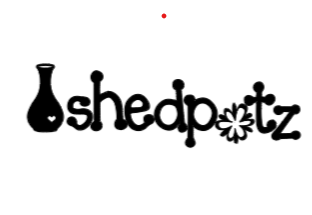How we end up working with the things we end up working with
It is interesting to think about how, as an artist or creative person, we end up working with the things we end up working with.
Historically, I guess when people had less available to them, how creativity was expressed was based on what was needed, like my mom making up the most gorgeous little hand made clothes for her little flock of daughters. Or people creating patterns for aran sweaters- the intricacy of the cables and blackberries made the sweater warmer and more insulating- but it was also beautiful. And indeed, further to that- it told stories and history.
A minimalist landscape in a jumper. In the beginning was a utilitarian need, and then creativity made it into much more.
When I was young we did art in school sometimes. Art was not a priority, there was not a whole array of supplies and the teachers had a lot of anxiety around us making a mess. But sewing class for the girls was there and was fun. I remember learning how to knit and crochet and sew, there were different things to try in kits like tapestry and embroidery. I remember going to an art class once where we had to carve up a bar of soap and I think it was a bit shocking to me to waste a bar of soap. There were bits of it everywhere when I was finished and not much left for washing anything. But the variety of crafts being done for the home in the line of sewing, making rugs, knitting- all that was rich and varied and everywhere around me.
As a result, when I went to art college, I found it hard to get my head around clay and connect it to where I came from. This is relevant not just to me but to many people I think, because when I hear people talking about their artwork, they often reference things from the past or childhood or heritage that influence or find a place in the work. I wanted to study fabric in art college for this reason. It was familiar to me and there was much to learn and explore in skills of the needle. But there was no opportunity that I could avail of to do that. So ceramics it was.
This dilemma, of how to reference who I am and where I come from through a medium which has little reference where I come from, resulted in my interest in the surface of the clay. I see glaze surfaces as possible fabric samples. I use objects from life to make molds and impress into the clay surface. I buy little decals and transfers which I use like applique. I like all these external pieces that weave into things I make.
This is slightly in conflict with how ceramics is sometimes perceived. There is a sort of sense sometimes around working with clay, that the people who work with clay dig the clay up off the side of a mountain and make glazes from stuff they got out of a river bed. All done between milking the goats and feeding the chickens. And some people who create with clay do have a life very close to nature, but not everyone and not necessarily. Clay is incredibly versatile and can be many different things to many different people. Clay can be urban and bad ass and funny and say social stuff and yet be a plate or a mug as well, or just funny.
It is Thanksgiving this week, and I give thanks for the clay in all its forms!

